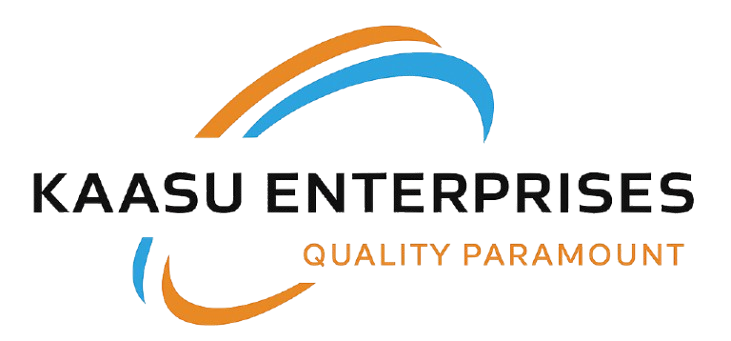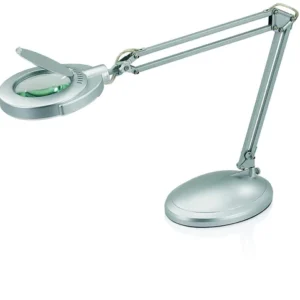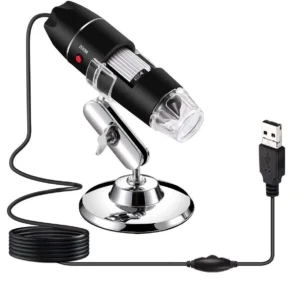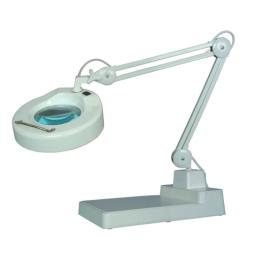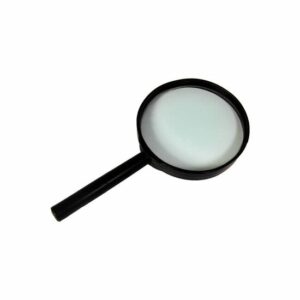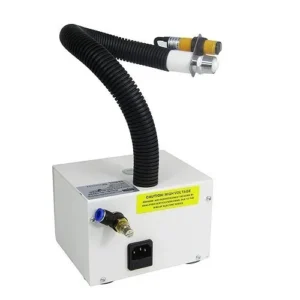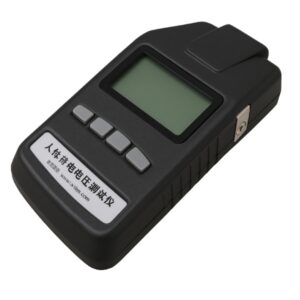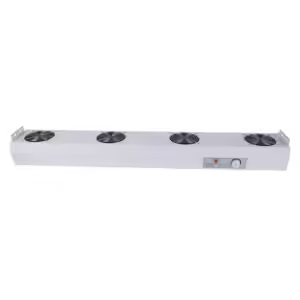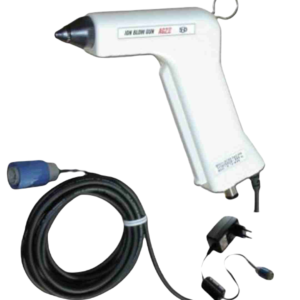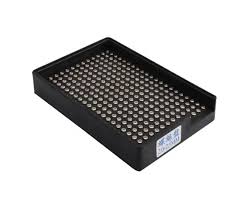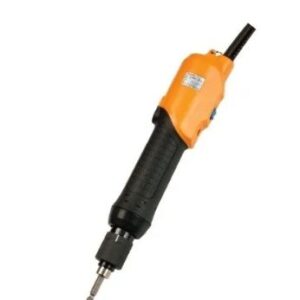Robotic Automatic Soldering
Supplier in Delhi | Kaasu Enterprises
Robotic Automatic Soldering
Product Details –
| Parameter | Description |
|---|---|
| Product Name | BGA Reworking Station |
| Category | Soldering Stations & Accessories |
| Type | Infrared / Hot-Air Rework Station with Pre-Heating Zone |
| Power Supply | AC 220 V, 50 Hz |
| Heating Methods | Infrared Preheat + Hot-Air Gun |
| Temperature Range | Preheat: up to ~400 °C, Hot Air: up to ~480 °C |
| Applications | BGA / QFN / SMT Chip Removal & Placement, PCB Rework |
| Features | Digital temperature control, ESD-safe construction, adjustable airflow/nozzle |
| Warranty | 1 Year Manufacturer Warranty |
Robotic Automatic Soldering: Automated soldering solution that enhances efficiency and accuracy in production processes.
Additional Information:
Robotic Automatic Soldering – Precision Through Automation
In high-volume electronics manufacturing, accuracy, reliability, and consistency are no longer optional—they’re essential. The Robotic Automatic Soldering systems offered by Kaasuenterprises propel soldering into the future, delivering hands-off, repeatable, and efficient solder joins. By combining state-of-the-art robotics with intelligent process controls, these systems meet the demands of modern SMT and through-hole production lines with unmatched precision.
Product Introduction
Robotic Automatic Soldering
-
Category: Soldering Stations & Accessories
-
Function: Automated soldering using robot arms controlled for exact position, temperature, and time
-
Key Features:
-
High-precision solder dispensing
-
Programmable thermal profiles
-
Integration with production lines
-
Compact, ESD-safe robotic cell
-
-
Power Requirements: AC 220 V, 50 Hz
-
Applications: PCB assembly, wire termination, cable harness finishing, DUT testing
-
Warranty: Comprehensive 1-year manufacturer coverage
Unmatched Precision: Why Automation Matters
Traditional manual soldering relies on the technician’s skill and attention—introducing human variability. In contrast, Robotic Automatic Soldering offers:
-
Micron-Level Accuracy: Robot arms reproduce the same path and strike exactly every cycle
-
Stable Temperature & Time Control: Pre-programmed thermal cycles ensure every solder joint is identical
-
Faster Throughput: Multiple joints are completed in seconds, boosting productivity
-
Reduced Rework & Waste: Eliminate cold joints and solder bridging caused by human error
This system transforms soldering into a precise, programmable process that scales with demand.
Core Components & Features
Programmable Soldering Head
-
Receives digitally programmed temperature and dwell-time parameters
-
Offers automatic solder feeding synchronized with contact logic
-
Sometimes equipped with hot-air assist or focused infrared
Multi-Axis Robotic Arm
-
With X, Y, Z (and occasionally rotational) movement for 3D accuracy
-
Stores multiple job configurations for different PCB layouts during batch runs
User Interface & Software
-
Graphical control panel for creating jobs, setting parameters, and monitoring progress
-
Optionally integrates with MES/Test systems for full traceability
Safety & Ergonomics
-
Compact cell compatible with standard workfloors
-
ESD-protected work area and grounded wrist strap interfaces
-
Enclosures include fume extraction ports, shielding from hot spatter
Applications in Industry
-
SMT Production Lines: Complements pick-and-place with precise soldering of larger connectors
-
Through-Hole Component Assembly: Automated soldering of headers and DIP sockets
-
Wire and Cable Harness Manufacturing: Consistent tinning or soldering of terminations
-
Automotive and Aerospace Electronics: High-reliability solder joints under strict standards
-
Prototyping and R&D: Quick turn jobs or small-batch production with repeatable automation
Robotic Soldering in Action: Workflow Overview
-
Define Solder Joints
Load the PCB’s coordinate file or teach the robot by pointing at each solder pad -
Configure Thermal Profile
Set solder temperature, dwell time, solder feed rate, and dwell duration via interface -
System Calibration
Initialize tools, zero alignment, and test path follow accuracy -
Batch Run
Robot follows programmed route—picks solder, touches pad, dispenses, holds, retracts -
Automated Inspection (Optional)
Choose systems with integrated optical or x-ray inspection as part of QA workflow -
Reporting & Yield Management
Log parts-per-hour, fault rates, solder volume for SPC during runs
Advantages Over Manual Soldering
| Benefit | Manual Soldering | Robotic Automatic Soldering |
|---|---|---|
| Operator Fatigue | High level needed | Hands-free operation allows better resource use |
| Repeatability | Variable between operators | Identical job execution every time |
| Throughput | Slower, rest breaks required | Continuous operation with shift flexibility |
| Defect Rates | Manual errors possible | Precise, monitored solder volume reduces rejects |
| Traceability | Limited | Job logs with part IDs, cycle times, QA markers |
| Scalability | Adds headcount | Expand by adding robots, not more operators |
Automation handles soldering workflows with measurable consistency and traceability.
Integration with Manufacturing
Line Compatibility
Robotic solder cells can be integrated into conveyor lines, buffer tables, or carousel indexing systems for high throughput deployments.
In-Circuit Test (ICT) Integration
Synchronize robot with test system to ensure second-step soldering occurs on boards that pass electrical verification first.
MES / ERP Linking
Connect your system using communication protocols like OPC-UA, Ethernet/IP, or RS-485 for complete traceability and data logging.
Practical Use-Cases
-
Connector Plug Solder with 30+ pins – robots reduce time per unit from 3 minutes to 30 seconds
-
Medical Instrument Panels – repeatable solder volume on each pin ensures compliance with ISO-standards
-
HV Thermal Sensors – automated soldering ensures correct thermal joint thickness for sensor calibration
Maintenance & Operator Training
-
Daily
Clean tip and feed path; check AI path accuracy and inspect fume filters -
Weekly
Check solder pump calibration and reflow nozzle -
Monthly
Software updates and robot axis alignment check -
Annually
Certification calibration guided by Kaasuenterprises QA team
Ongoing maintenance ensures uptime and reliability.
Why Purchase from Kaasuenterprises?
-
Turnkey robotic cells tailored to target applications
-
On-site commissioning and operator training
-
Service contracts and preventive maintenance
-
Spares and consumable stocking
-
Nationwide support network
Choose Kaasu for professional-level support and higher ROI.
Final Thoughts –
The Robotic Automatic Soldering system redefines soldering by replacing variability with programmable accuracy and consistent, measurable quality. It is a future-proof solution designed for the evolving demands of modern electronics manufacturing.
Kaasuenterprises’ system integrates sealing, inspection, and batching within a robust, industrial-grade package—making it an indispensable asset for production teams prioritizing return rate, ergonomics, and scale.
